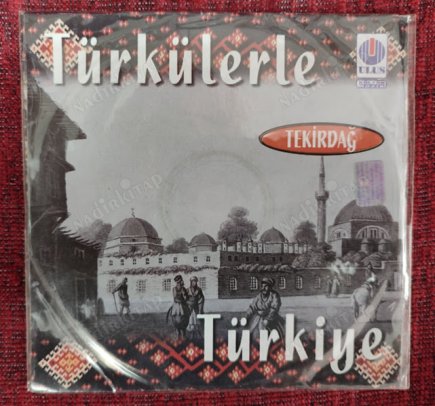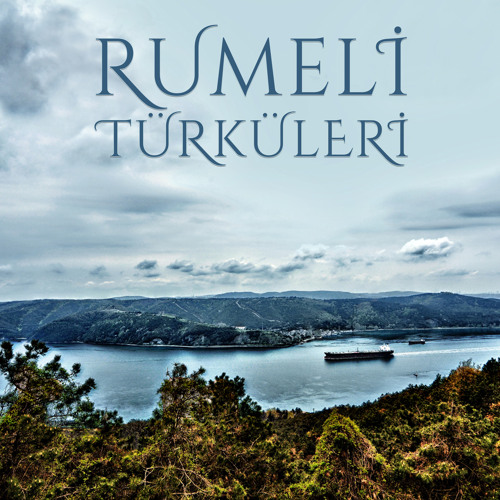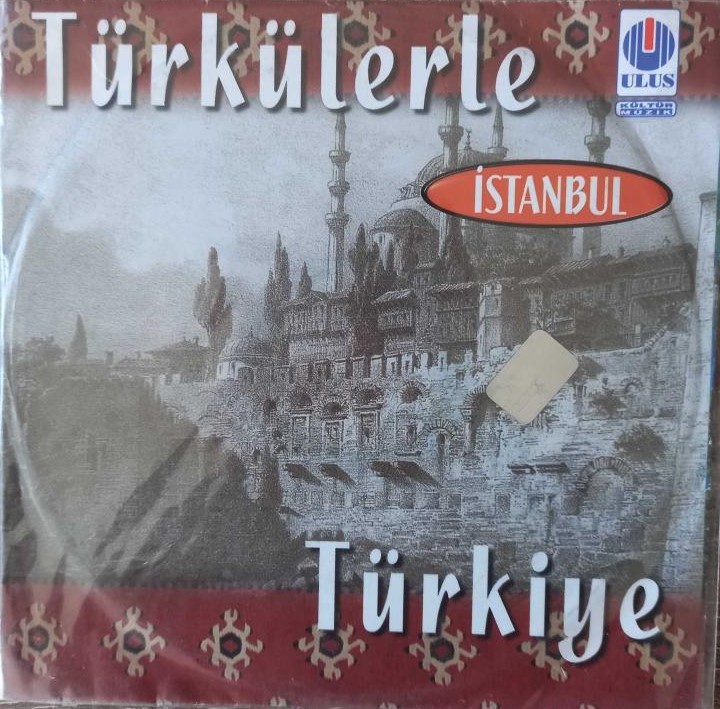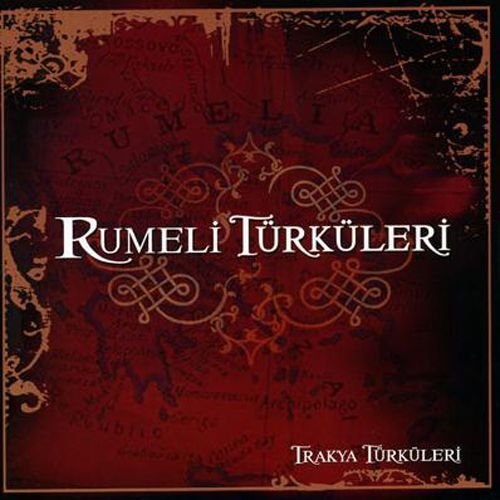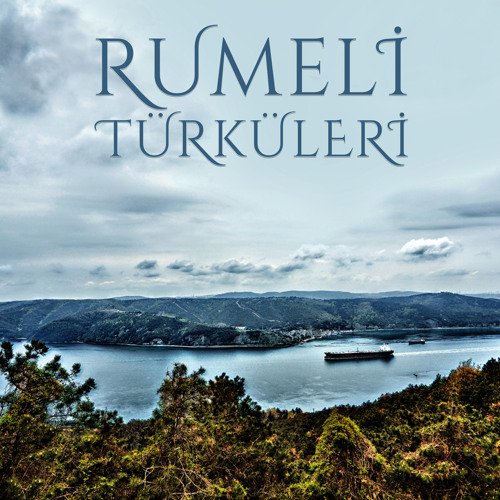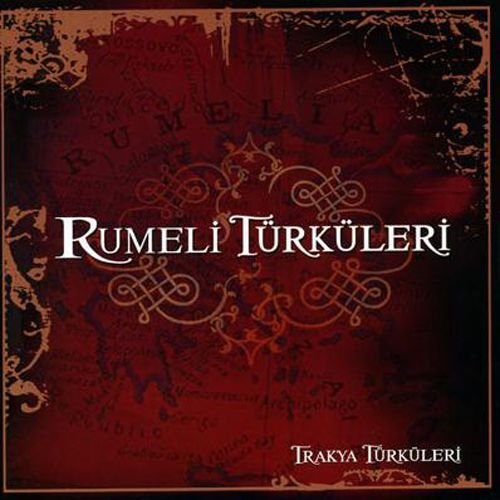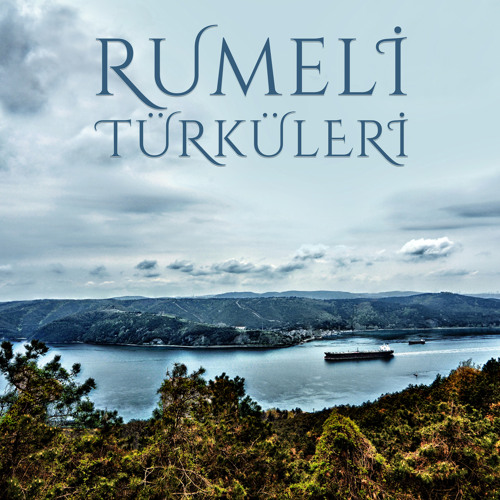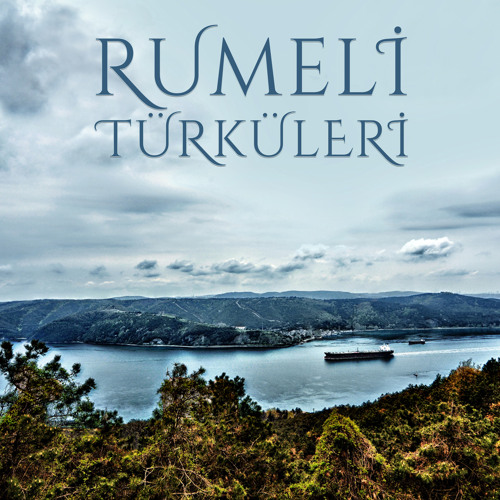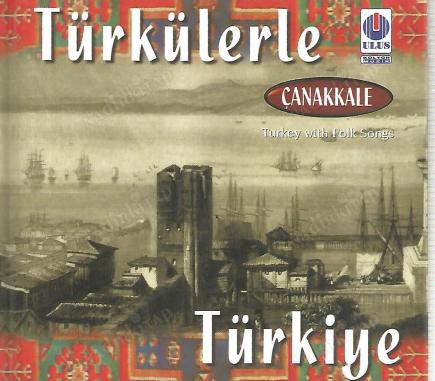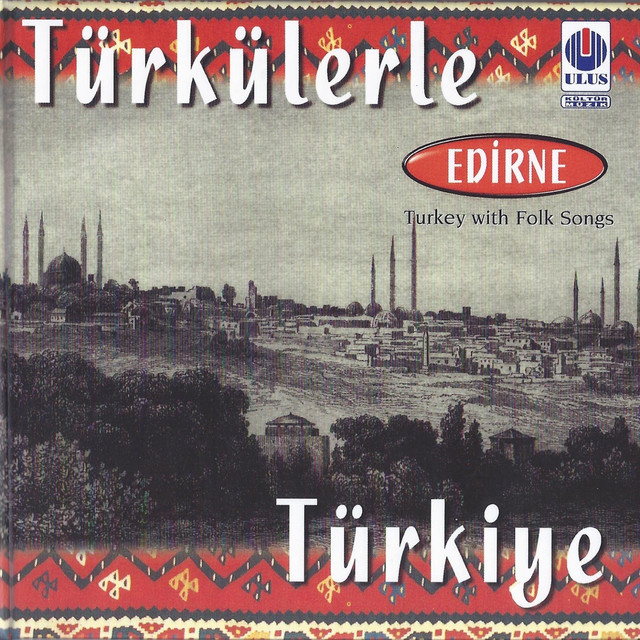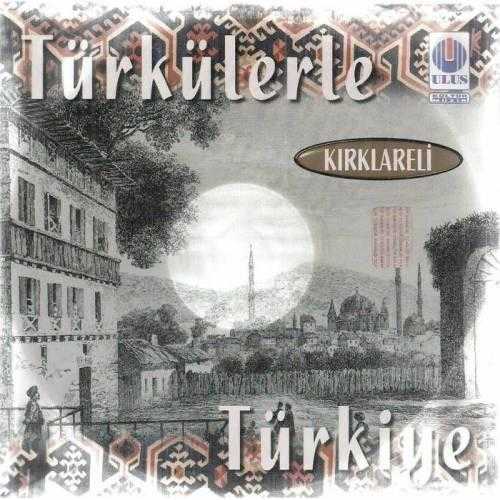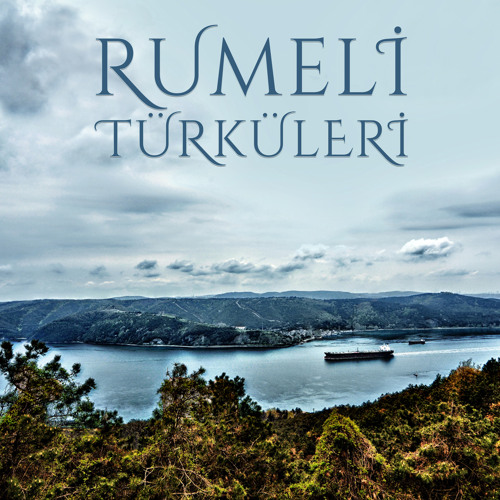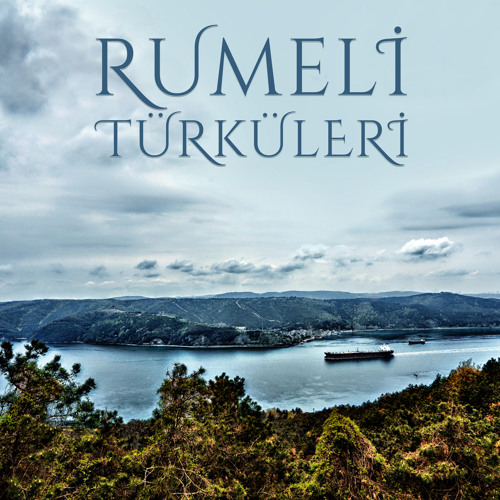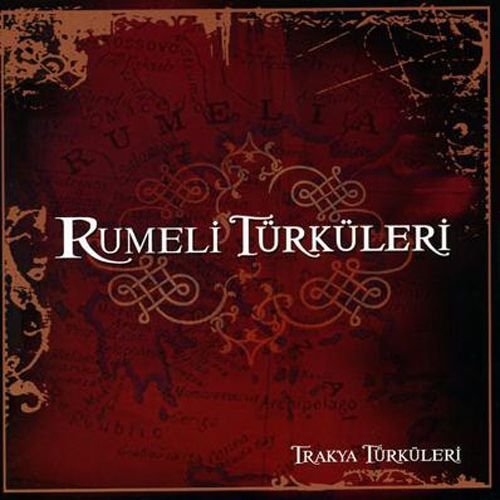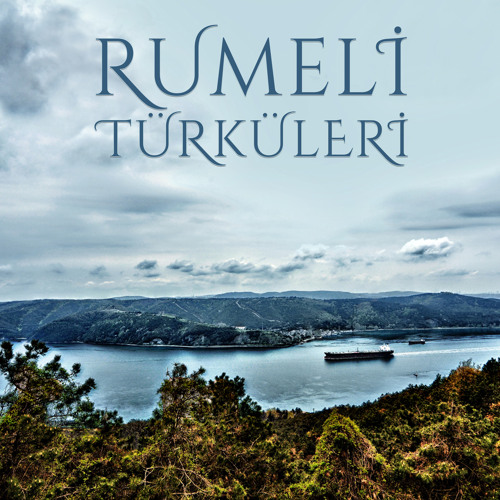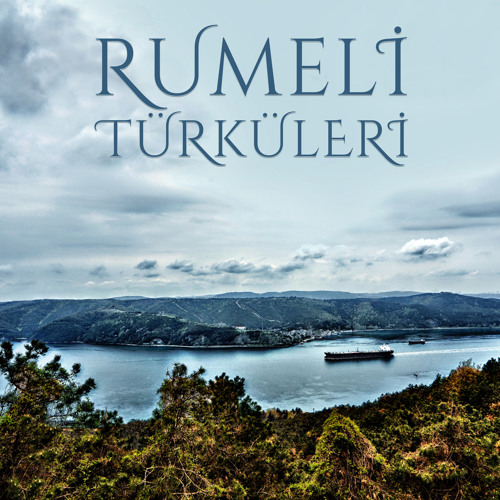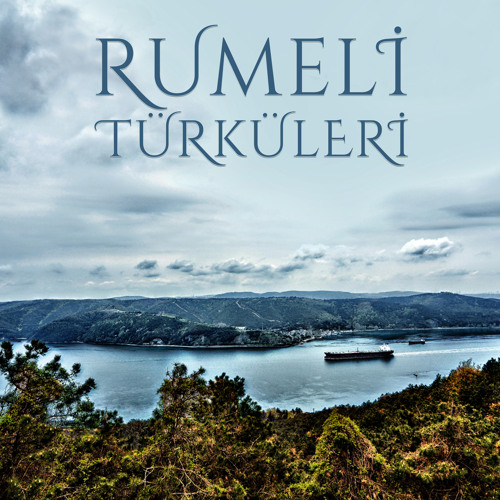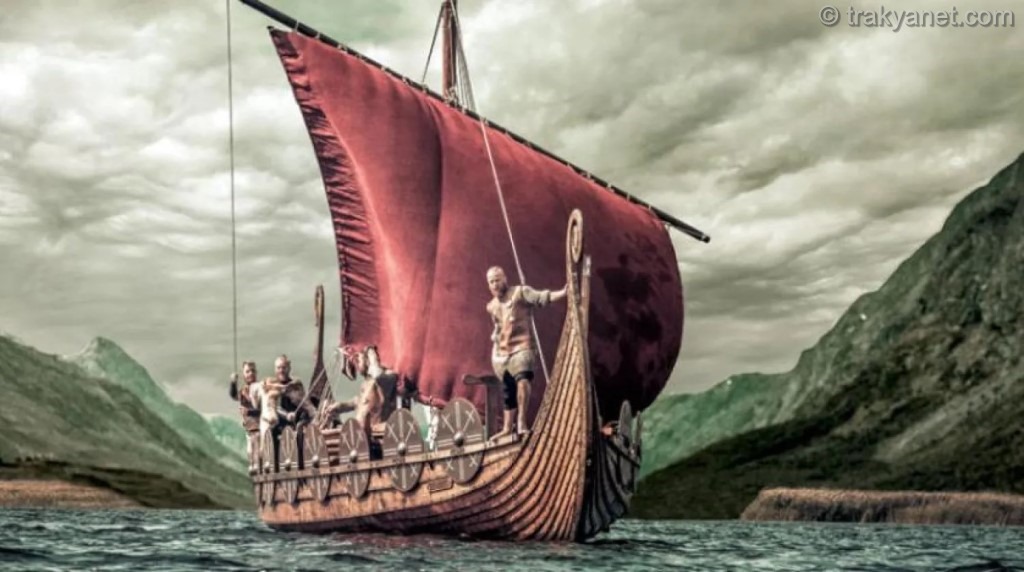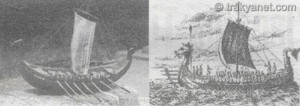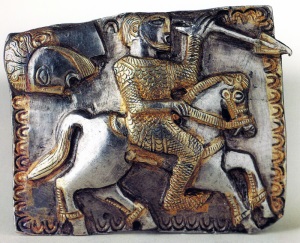Are the "Swedish girls" a figment of the imagination? What happened to the Thracians, who were erased from history with the arrival of the Romans in the Balkans? Did the Scandinavians migrate from Troy?
This is the homeland of Ares, the god of war, and Boraeus, the god of the cold north winds... This region, whose people are as harsh as the cold north winds, was considered the wildest region of the ancient world by the Greeks, and was deemed worthy of these gods...
These lands also have the harshest climate in the Mediterranean world. The first Greek colonists, arriving from the Aegean island of Samos, lost their legs and noses to frostbite because they were not properly dressed.
November nights were foggy in these lands. If you ventured out, you might have heard the war cries of the warlike Thracian tribes and the clinking of glasses in victory celebrations. This is also the land blessed by the god Dionysus with acres of vineyards, both in the past and today...
Herodotus says: "The Thracians are the most numerous after the Indians. If they were under the command of a single man or with a single will, they would never be defeated and, in my opinion, would be the strongest and most numerous of the peoples. For the Thracians, not working is polite. Working the land is dishonorable and despicable." The Thracians, the most warlike society of antiquity, took the three things they knew best wherever they went: Horses, wine and war...
The last of the Trojans: Tiras of Thrace What happened to the Thracians, who were erased from the historical stage with the arrival of the Romans in the Balkans? How could a people whose numbers, according to Herodotus, were so numerous that they were comparable to those of the Indians, suddenly vanish from the historical stage?
Archaeological and etymological research shows that the Thracians, who dominated a significant part of the Balkans from 7000 BC onward, extended from the Russian steppes to the Aegean, from the land of the Illyrians to the shores of the Black Sea. The Thracian expansion of their influence in the region spans a thousand years, between 1200 and 200 BC. In other words, a long period that began with the Trojan War.
The 1200s BC, like today, were a period when the two sides of the Aegean Sea clashed, and city-states formed various alliances and fought each other. The most famous of these wars was the Trojan War, fought between the Achaeans and the Trojans and now the subject of many films.
With the fall of Troy in 1184 BC, thousands of Trojans fled their homeland. This great migration from Anatolia to all corners of the world inspired numerous legends, including the one about Aeneas, who recounts the founding of Rome.
Legends tell many stories about the Trojans forced to abandon their homeland. According to the French, they were the heroes who founded the city of Tours. To the northern Italians, the true Trojans were those who gave Turin its name after their fallen city. For the English, those who fled Troy followed the legendary hero Corineus, who founded the Dukedom of Cornwall and defeated the giants Gog and Magog at Plymouth.
Another people who seek their roots in Troy come from much further afield: Sweden! According to the mythological story, which we can call a kind of "Ergenekon Epic" of the Swedes, the ancestors of the Scandinavian tribes were none other than Tiras and his sons, who began a centuries-long march northward from Thrace after the fall of Troy!
Troy's forgotten children: The Aesirs. According to Homer and Etruscan sources, 30,000 Trojans abandoned the city after the fall of Troy. According to sources describing Troy's final days, the main reason they didn't stay but emigrated after their defeat was the Greeks' brutal sack of the city. Among the legends from France, Italy, England, and Scandinavia... Which one is real? Since the Trojans couldn't have been in France, Italy, England, and Scandinavia at the same time, most of the legends appear to be fabrications.
Nevertheless, archaeological and etymological studies provide some confirmation of at least two of these claims...
An even more striking example of the striking parallelism found between the Luwian language spoken by the local population of Troy around 1200 BC and Etruscan is found between the modern Baltic languages and the Thracian!
Going back to the Swedes' "Ergenekon Epic"...
According to legend, the Trojans, the best surviving warriors, crossed the Sea of Azov north of the Black Sea and reached the banks of the Don River. In 1150 BC, the Trojan conquerors who founded the Kingdom of Sicambria in the region stretching from Hungary to the banks of the Don were called "Aesir," meaning "iron men" in the language of the region's indigenous Scythians.
These iron men founded the city of "Aesgard," which, like Troy, was heavily fortified. The region became known as "Asaheim," meaning "land of the iron men," "Asaland," or "home of the iron men."
When the Aesir migrated north centuries later to face the Cimmerian and Scythian raids, they left behind the names they gave to the Sea of Azov, which is separated from the Black Sea by a narrow strait...
Did the Norse migrate from Troy? Providing a complete account of Norse history is quite difficult, as only a small number of written sources date back to before 600 AD. A significant portion of these "relatively old" sources comes from the Roman historian Tacitus (55-117 AD) and Jordanes (500-551 AD), the official historian of the Gothic kings. Consequently, some historical questions cannot be easily answered.
We will never know for sure whether the confederation of tribes known as the Aesir, who arrived north of the Black Sea, actually migrated from Troy. Even if the historian Herodotus of Halicarnassus was one of those who made this claim!
"The people living in the remote colonies north of the Black Sea are descended from those who fled the sacked city after the Trojan War." The most surprising information has emerged from archaeological excavations over the last decade. The latest findings reveal that the Kingdom of Sicambria, established north of the Black Sea around 1150 BC , was a powerful blend of Thracian and Cimmerian cultures, confirming legends in ancient Greek sources.
So, where did the Thracians, who founded a great civilization north of the Black Sea, go? Historical data points to a "north-northwest" direction. A large portion of the Thracian-Cimmerian tribes, swept away by the Scythian and Hunnic tribes coming from the east, reached the Baltic and Danish coasts, and from there, Scandinavia and even England!
Going North
The Aesir migrated in successive groups to their new homeland in Scandinavia. Upon reaching the Baltic coast, they encountered recalcitrant Germanic tribes who were fighting the Romans. The most recalcitrant of the Germanic tribes in the region were the Goths. After much fighting, the Aesir gained supremacy not only on the Baltic coast but also over the local tribes of the Scandinavian Peninsula.
The Aesir (later Svear, modern-day Swedes) who migrated to the Baltic region comprised many clans and tribes. The most prominent of these tribes were the Vanir. In later centuries, the Vanir would be known as Daner, meaning Danes.
However, the most fierce of the tribes that joined the Aesir were the Heruls, whose name means "savage warriors." The Herul clan, called "Harii" and "Aeruli" by the Romans, enabled the Aesir to settle in Scandinavia by fighting the local population.
The interesting thing is that the "Swedish Neo-Nazis," in their quest for a pure-blooded Scandinavian race, cling to these myths! Northern Neo-Nazis, searching for their roots in the ruins of Troy, spend pages and pages brainstorming about every scrap of information on this subject on well-known discussion forums like "Stoffilfront"!
In recent years, DNA samples were taken from local people working as day laborers at an archaeological excavation site in an Anatolian Yoruk village, and it turned out that the villagers were related to those who lived on these lands 3,000 years ago... Would you like Swedish neo-Nazis to declare Thracians their "very own daughters" now?
Are the "Swedish girls" a figment of the imagination?
Information about the vast majority of the legends comes from the "Prose Edda" by Snorri Studuson (1179–1241 CE), an Icelandic historian who translated the Old Norse myths. The Prose Edda is the first work to offer a rational explanation of Scandinavian legends and mythological events. Unfortunately, many historians remain indifferent to the relevant material.
Snorri Studúson wrote that the Aesider came from Asia Minor and compared the fall of Troy to Ragnarök, the great battle between gods and humans in Norse mythology. The story of Troy had been known to many cultures since ancient times. What Snorri Studúson did was compare the gods of Norse mythology with the heroes of the Trojan War.
Just like the famous cartoonist Robert E. Howard did with "Conan the Cimmerian"... With one difference. The "Swedish girls" who migrated from Thrace 3000 years ago are not a figment of imagination!
Some words originating from Thracian to Scandinavian
- Beras (Brown): Beras (Lithuanian), Bers (Latvian), Bero (Old High German)
- Berga (Hill): Berg (Old Icelandic), Brega (Old Bulgarian)
- Berza (Birch): Berzas (Lithuanian), Berzs (old Prussian)
- Dinga (Fertile land): Oinga (Latvian), Dyngia (Old Icelandic)
- Sautis (Sleeper):Sautis (Latvian)
- Skarke (Sunfüş money): Skark (Old Norse language)
- Suras (Salty): Suras (Lithuanian), Surs (Latvian)
- Upa (river): Upe (Lithuanian), Upe (Latvian)
- Zilma (Greenery): Zemle (Latvian for grass)
Resources
Christopher Webber & Angus McBride, The Thracians, London 2001 V. Neroznak, Paleo-Balkan Languages, Moscow 1978
Ivan Duridanov, Ezikyt na trakite, Sofia 1976
Rasmus Rask, Undersogelse om del gamle Nordiske Copenhagen 1818
(Focus-March 2005)






